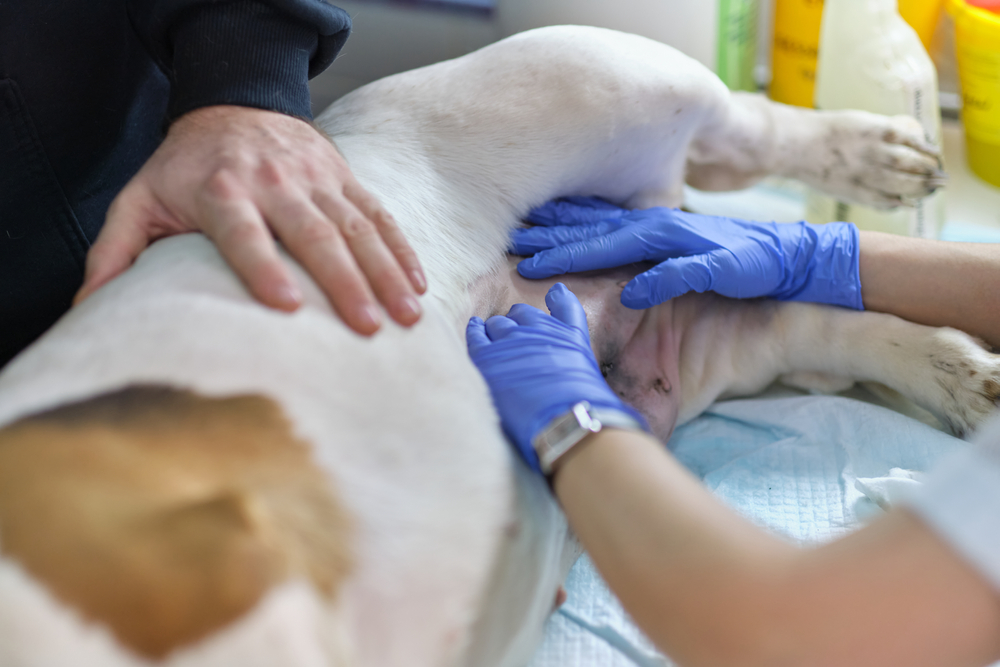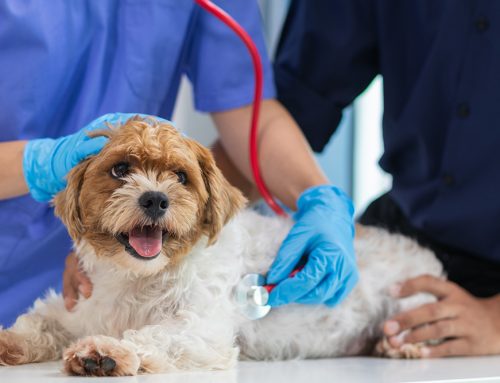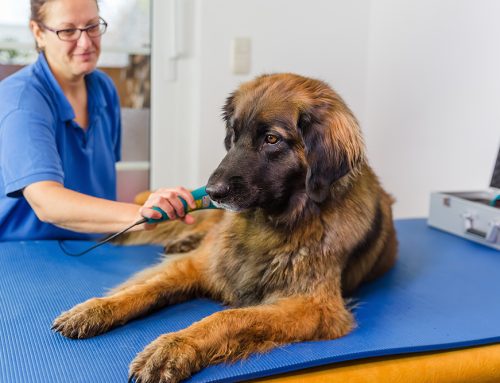While their reproductive cycles differ significantly from humans, female dogs and cats produce similar natural hormones, including estrogens and progestins, that drive their cycles and support pregnancy. Spaying a female pet removes the uterus and ovaries, which not only prevents pregnancy and reproductive cancers, but also removes hormones that create the estrus cycle and influence other body systems.
In pets who have not been spayed for breeding or personal reasons, the same hormone cycle that allows pregnancy can also create a uterine environment where harmful bacteria can thrive, which can quickly lead to a life-threatening infection called pyometra. Our Island Animal Hospital experts are providing a pyometra overview to help pet owners recognize when their female pet could be in danger. Our team is always available to diagnose and treat this serious problem.
How pyometra develops in pets
Pyometra usually occurs in older, intact, female dogs and cats, typically a few weeks after a heat cycle, but any intact female is at risk. Pyometra develops when hormone changes during a heat cycle create favorable conditions where bacteria can thrive, and bacteria in the urinary or vaginal tracts make their way into the uterus. The pet’s body quickly mounts an inflammatory response to the invasion by filling the uterus with pus, which becomes trapped inside or drains out as vaginal discharge. The uterus can also rupture, leading to a dangerous septic abdomen.
The more heat cycles a pet goes through, the more likely a pyometra will develop, although the condition is also possible in younger pets. Rarely, a spayed female pet can develop an infection in her uterine “stump” if part of her ovaries were left behind, or she has abnormally placed (i.e., ectopic) ovarian tissue that was missed during surgery and continues producing hormones.
Pet pyometra diagnosis
Pets with pyometra are usually extremely sick, and often present as an emergency. If not treated quickly, the infection can travel into the bloodstream and lead to septic shock, multiple organ failure, or death. Signs to look for at home include:
- Abnormal vaginal discharge on your pet or their bedding
- Increased thirst
- Fever
- Lethargy or weakness
- Vomiting or diarrhea
- Decreased appetite
Blood work, urinalysis, X-ray, and ultrasound are usually required to obtain and confirm a pyometra diagnosis. Blood work can also show infection severity and other problems, such as dehydration or electrolyte abnormalities. X-ray and ultrasound are helpful for visualizing the distended uterus and evaluating abdominal cavity health.
Pet pyometra treatment
The ideal pyometra treatment is emergency surgery to remove the ovaries and uterus, which eliminates the hormonal influence that led to the problem and the infection itself. Medical treatment is possible for valuable breeding animals, but is risky and rarely recommended, because these pets will usually develop the infection a second time, despite the successful treatment.
While pyometra surgery is similar to a routine spay, the pet’s debilitated condition and the infection inside her body make this surgery more difficult. The surgeon must take great care to avoid rupturing the uterus, which could allow infection to spill over into the abdominal cavity. Prior to surgery, sick pets should be stabilized with fluids and medications to minimize anesthetic risks. Most pets who are promptly surgically treated survive, but some could experience serious infections and die. Pets are hospitalized for several days following their surgery for observation, antibiotics, IV fluids, and other supportive care.
Pet pyometra prevention

Nearly all pyometra cases occur in intact pets, so the infection can be prevented by spaying female pets when they are young, or have finished their breeding career. Spaying older pets also helps to prevent uterine or ovarian cancers, and spaying young pets before their first or second heat cycle greatly diminishes their mammary cancer risk. Large-breed dogs also may benefit from later spaying. Consult with our team to determine the best time to spay your individual pet.
Pyometra is a veterinary surgical emergency. If your female pet’s behavior has changed or you notice an abnormal discharge, do not hesitate to contact our Island Animal Hospital team for urgent evaluation and care. After hours, you can reach out to our affiliate location, Woodinville Veterinary Hospital & Urgent Care, or your nearest 24-hour emergency veterinary hospital.





















Leave A Comment